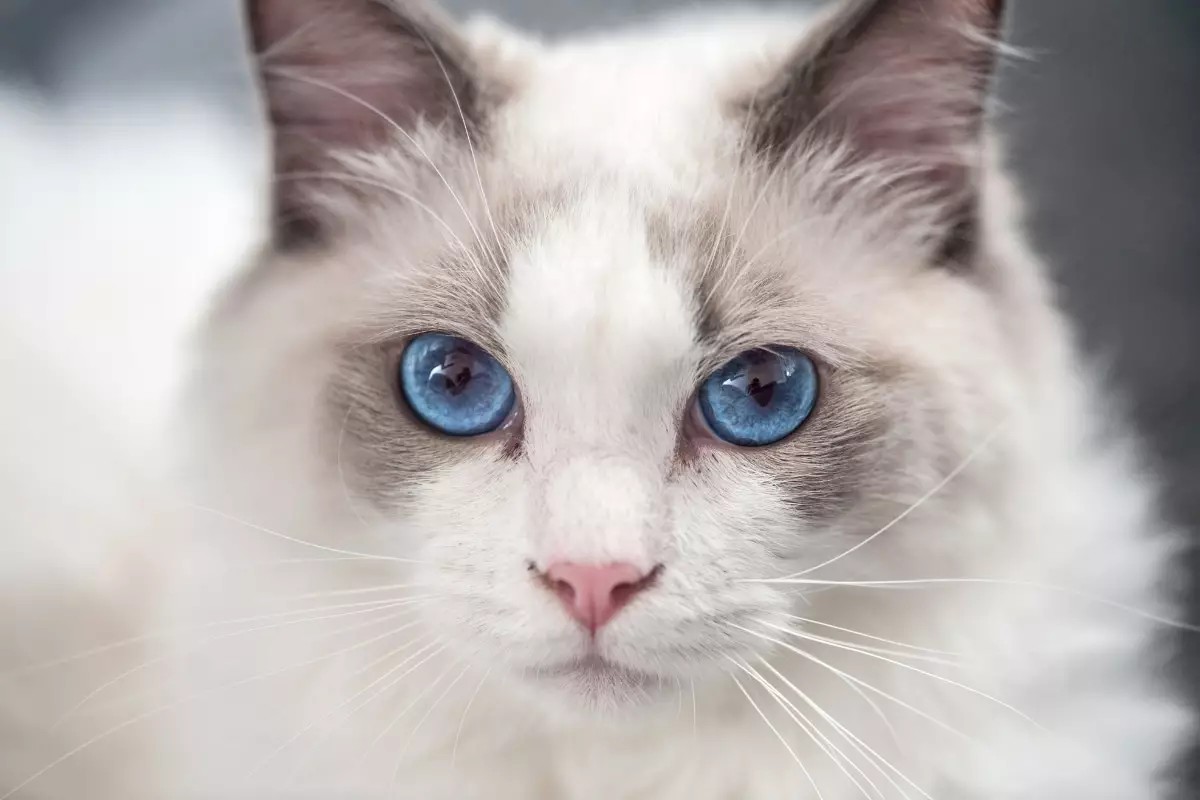Ever wonder why your cat seems to teleport to the kitchen just when it’s treat time? It’s like they possess a mystical connection to snack-related sounds—the rustling of a treat bag, the clicking of a jar, or even your fleeting reference to snacks. As soon as any of these stimuli occur, your feline companion springs into action, fully alert and ready for action. Cats exhibit a remarkable ability to hone in on these sounds, making it seem as if they are in communication with some unseen force that signals snack o’clock. It’s more than mere coincidence; it’s impressive sensory perception coupled with their intense desire for food.
These little creatures have elevated the art of human snack time observation to an almost scientific level. There’s no need for a clock; they can predict our routines better than we can. Their acute hearing surpasses ours, allowing them to hear the smallest rustle across the house—turning them into snack ninjas who morph into action with breathtaking speed. This innate ability to detect the sounds associated with treats speaks to their evolutionary history as hunters, where even the faintest noise could lead to securing a meal.
The Strategic Snack Approach
When your cat positions itself near the snack stash, it’s no accident; it’s a calculated move. They are not merely sending you reminders; they’re executing a strategy honed over generations of domestication. Cats have learned from experience that certain actions yield results—like tapping at the drawer or peering with wide eyes until you act. These furtive gestures communicate a direct yet adorable message: they want snacks.
Imagine your cat nudging that treat jar or pawing it gently. This is not just a cute show of curiosity; this is an intelligent being trying to manipulate its environment and its human! They understand that the sound of crunching snacks is a significant lure, enticing them closer to the realm of divine flavors. In their minds, they’ve devised a foolproof plan: if a hint here or a gentle nudge there gets you to pay attention, then perhaps you’ll yield a tasty reward.
The Language of Treats
One of the most fascinating aspects of feline snack behavior is their ability to comprehend our words, particularly those that include snacks. Cats may not be able to speak our language, but they certainly understand certain keywords related to their favorite treats. Whisper “treat,” “yum,” or even “crunchy,” and watch their ears perk up and their bodies tense in anticipation. These savvy creatures can quickly associate specific words with delightful outcomes. It’s as if they have taken it upon themselves to engage in a form of training—using our language to communicate their needs.
The intense gaze fixed on your every move while you’re near the fridge is not mere affection; it’s a keen observation of potential snack opportunities. They study your habits so closely that you might even conclude they’ve devised a secret menu in their charismatic minds. That silent stare isn’t judgment; it’s a plea for you to share the bounty.
The Boldness of Feline Negotiations
Then there are the more direct approaches employed by our furry friends. Imagine your cat launching a full-scale attack on the treat cabinet, unashamedly showcasing their cleverness and determination. They may push a jar off the counter or attempt to open it—tests of both their intellect and their dexterity. The notion that they’re not merely being cute but rather engaging in what can be seen as clever negotiations is a game changer.
These encounters strip away any misconceptions that you might have regarding their status as passive creatures. They’ve mastered the art of direct persuasion. No subtle hints here—just bold requests for attention that often lead to their desired treat. The juxtaposition of their innocent appearance against their sheer will to procure snacks creates a delightful tension in the human-feline relationship.
The Cat as a Gourmet Strategist
Your cat does not simply search for food; it plans meticulously, executes precisely, and revels in the victory of scoring those elusive treats. Behavior often perceived as just “being a cat” actually reveals layers of intelligence, cunning, and an understanding of human psychology. As you stand there, opening the snack drawer obliviously, your feline friend is not far behind, ready to seize every opportunity with a blend of charm and wit.
The next time you catch your cat lurking near the snack area, consider the complex interplay of instinct, intelligence, and learned behavior that fuels their quest for treats. You may find yourself enamored with the clever antics of your furry companion, realizing that in the grand game of snack diplomacy, they always seem to hold the winning hand.

